Awaken Your Imagination with Guided Imagery
The Impact of Guided Visualization: Create Your Meditative Journey Through Imagery
Guided visualization transforms personal growth and relaxation. This technique helps you create vivid mental images that transport you to serene places, enhancing mindfulness and reducing stress. Whether you seek solace from a hectic day or profound insights, guided visualization offers valuable benefits. In this blog post, we will explore guided visualization’s impact, provide a guide to creating your meditative journey, and highlight its myriad benefits.
Understanding Guided Visualization
Guided visualization uses your imagination to create mental pictures. These images can depict tranquil landscapes, like a quiet beach at sunset or a cozy room filled with soft pillows and lavender scent. You can practice independently or with a trained guide.
During guided visualization, focus on engaging multiple senses. Visualize what you see, hear, smell, feel, and taste. This multisensory approach makes the experience more immersive and impactful. Engaging your mind deeply helps you achieve relaxation and heightened mindfulness, making it a powerful stress relief method.
How to Create Your Own Guided Visualization
Creating your meditative journey can be simple and rewarding. Follow these steps to get started:
1. **Find a Quiet Space**: Choose a peaceful environment where you won’t be disturbed. This could be a quiet room, a garden, or a comfortable nature spot. Ensure this space feels safe and serene.
2. **Set Your Intention**: Decide what you want to achieve with your visualization. Are you seeking relaxation, clarity, or healing? A clear intention guides your visualization and gives it purpose.
3. **Choose Your Imagery**: Select a scene or image that resonates with you. It could be a lush forest, tranquil beach, or magical meadow. Choose an image that feels comforting, enhancing your experience.
4. **Use Relaxation Techniques**: Start with deep breathing to calm your mind and body. Inhale slowly through your nose, allowing your belly to expand, then exhale through your mouth. Repeat this until you feel centered and relaxed.
5. **Engage Your Senses**: As you visualize, immerse yourself in the experience by incorporating all five senses. Imagine the sun’s warmth on your skin, gentle waves lapping at the shore, blooming flowers’ scent, fresh fruit’s taste, or soft grass beneath your feet. Make the experience as real as possible.
6. **Stay Present**: Maintain focus on your visualization, gently redirecting your mind if distractions arise.
Conclusion
Guided visualization offers a powerful tool for relaxation and personal growth. By creating vivid imagery and engaging your senses, you can enhance mindfulness and reduce stress.
Below are related products based on this post:
FAQ
What is guided visualization and how does it work?
Guided visualization is a technique that uses your imagination to create mental images, often depicting serene landscapes or comforting scenarios. By engaging multiple senses—sight, sound, smell, touch, and taste—you can immerse yourself in the experience, promoting relaxation and mindfulness, which are essential for stress relief.
How can I create my own guided visualization?
To create your own guided visualization, find a quiet space where you won’t be disturbed, set a clear intention for what you want to achieve, choose comforting imagery, and use relaxation techniques like deep breathing. As you visualize, engage all your senses to make the experience as vivid and immersive as possible.
What benefits can I expect from practicing guided visualization?
Practicing guided visualization can lead to significant benefits, including enhanced mindfulness, reduced stress levels, improved relaxation, and personal insights. It serves as a powerful tool for personal growth, helping you achieve a greater sense of calm and clarity in your life.


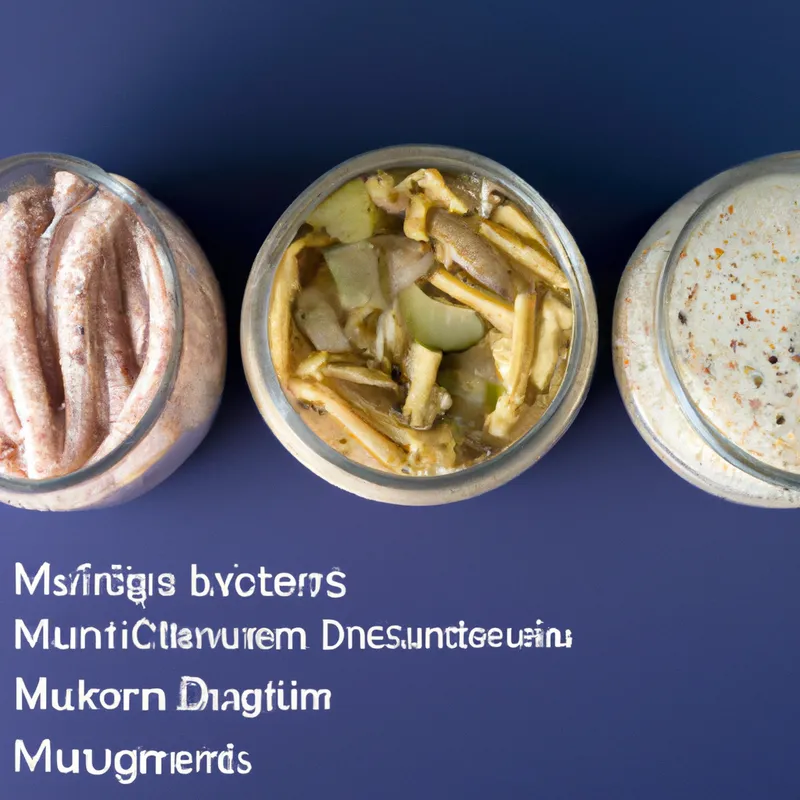

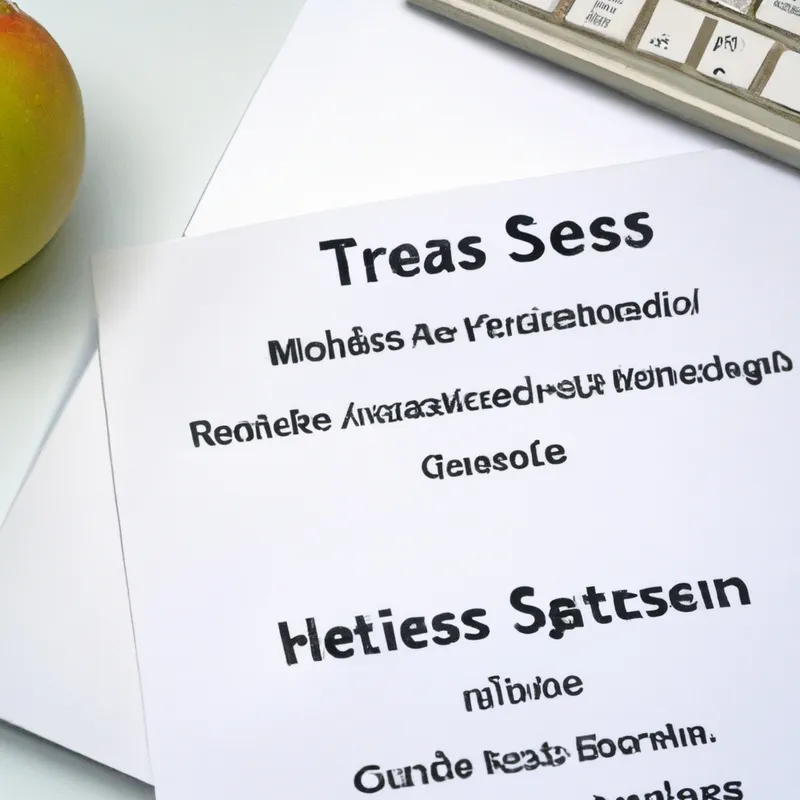

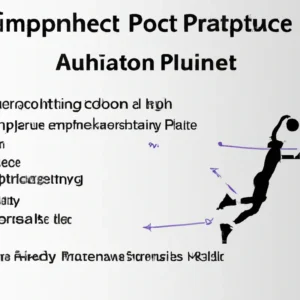
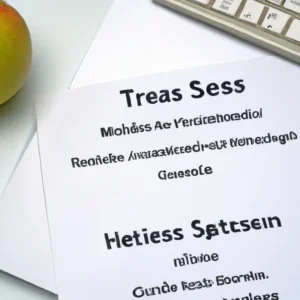


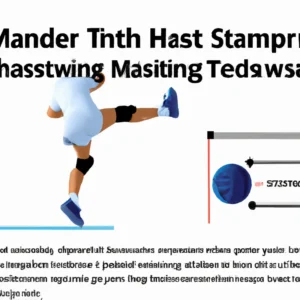
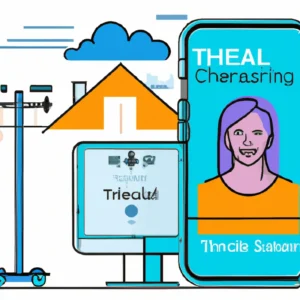

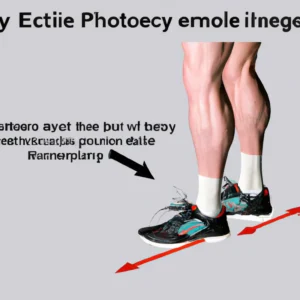
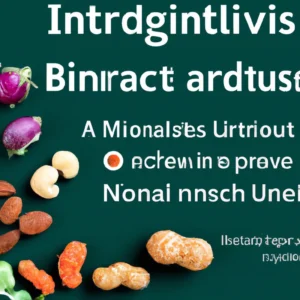
Post Comment